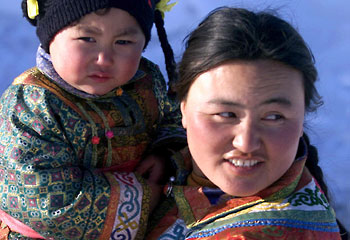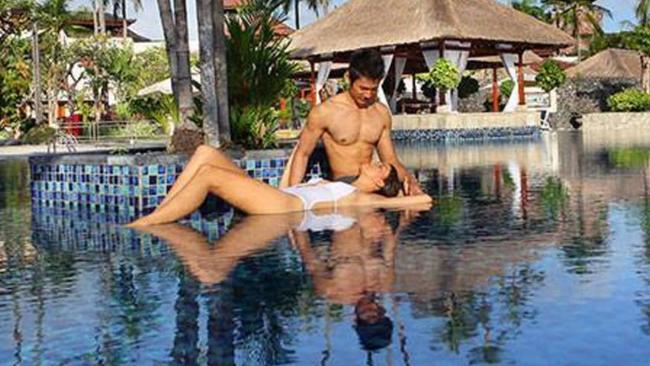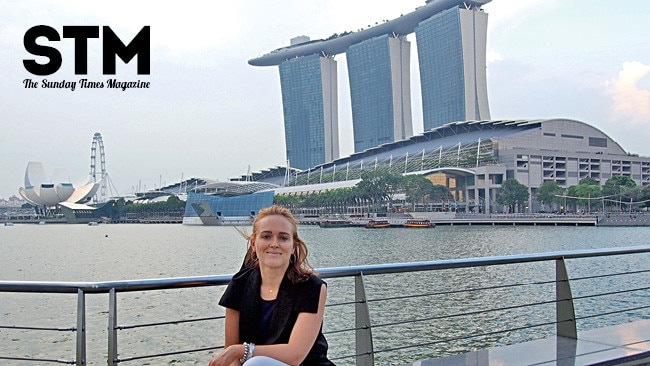The wild side of Mongolia
HORSE racing has been for centuries as much a part of Mongolian culture as Genghis Khan, nomadic Ger tents and fermented mare's milk.

JUST after dawn on one of Mongolia's grass-covered plains, a young man on horseback waited nervously, hoping that the coming chaos, passion and intrigue would bring him glory.
Ahduu, a 26-year-old herdsman and stallion trainer, breathed in the rich scent of horses and damp earth as he leaned over his saddle and cast his eyes down the long and winding valley.
The race of his life had just begun and his fate lay in the tiny hands of an eight-year-old boy, who was jostling with 400 other children on horses along a 28km track carved through the countryside.
The winner's cheque of about $2000 is more than Ahduu's annual income. But the money is secondary.
The race, in Tov province about an hour's drive from the Mongolian capital of Ulan Bator, was part of the annual Naadam festivities that coincided with the 800th anniversary of the founding of the Mongol Empire.
"This is the biggest race I have ever been involved in. If we win, I will have a great reputation in my village. This is the most important thing," Ahduu said.
Horse racing has for centuries been as much a part of Mongolian culture as Genghis Khan, nomadic Ger tents and fermented mare's milk.
"Being on a horse is just wonderful, it's what all children dream of doing, it's all I wanted to do when I was young," said Ahduu, who started riding when he was five.
But as the riders arrived at the finishing line three hours after the start, the race appeared anything but idyllic.
The thousands of people, many dressed in traditional Mongolian nomadic robes, who had gathered in the home straight cheered wildly as the riders galloped into view.
But the procession of exhausted horses and children that followed drew gasps and expressions of alarm. One horse that was carrying a boy who looked no older than five collapsed only metres from the finishing line.
Shortly after, another horse galloped through the finishing line with his jockey slumped motionless on its back.
And while some jockeys – boys and girls – wore bicycle helmets, many wore no head protection or any other safety gear. Some did not even have a saddle or shoes.
The use of child jockeys is as old as racing itself in Mongolia, where riding a horse has been an essential survival skill for the nomadic tribes that still make up nearly half the population. While the use of children and the exhausting length of the races have become issues, allegations of race-fixing were a far more pressing in the valley that week.
"Soldiers held many horses at the start of the race ... it was rigged," one trainer said.
As in many other sectors of Mongolian society, corruption is a problem in racing.
The scene at a party was almost as chaotic and colourful as the race, with men killing goats only metres away from dining tables, while women wearing high heels casually rode horses among the tents.
Billiard tables had been brought into the valley for the occasion and boys played pool, while older men paraded symbols of wealth such as silk lined "deel" robes, silver encrusted belts and mobile phones.
"This is a wonderful day," said Gansuh, a 33-year-old herder who had travelled on horseback more than 100km from his home village to join in the festivities.
Sunday Herald Sun



